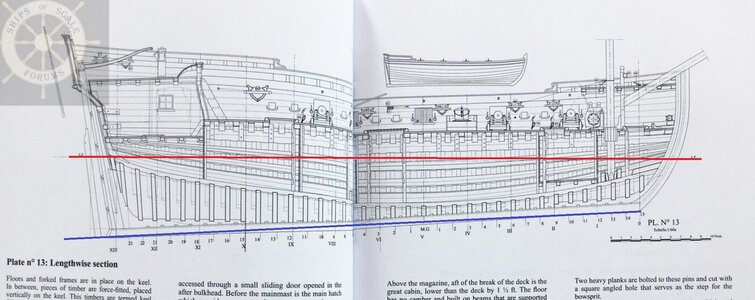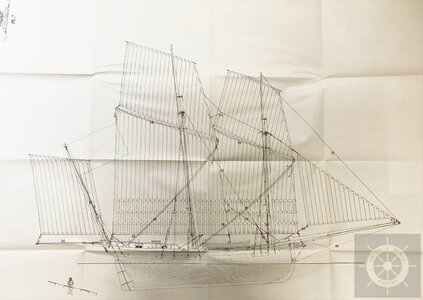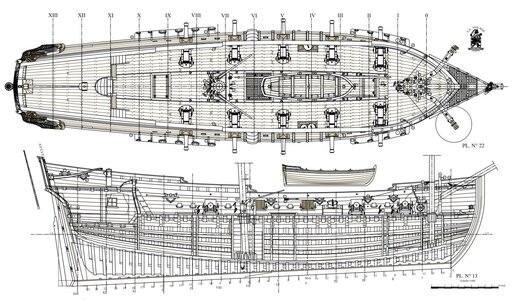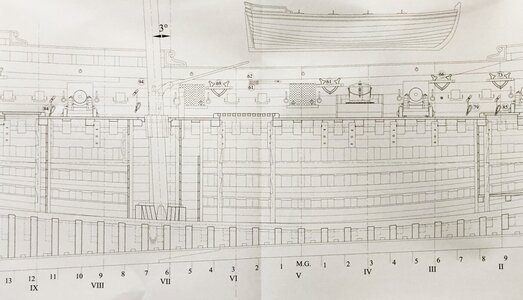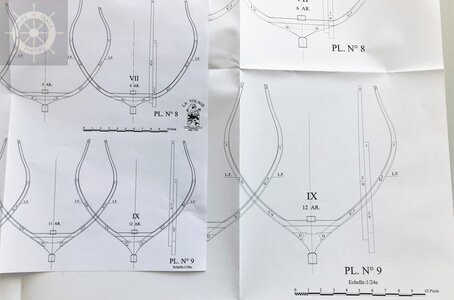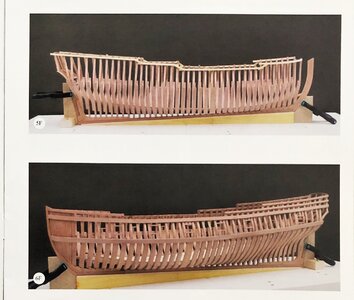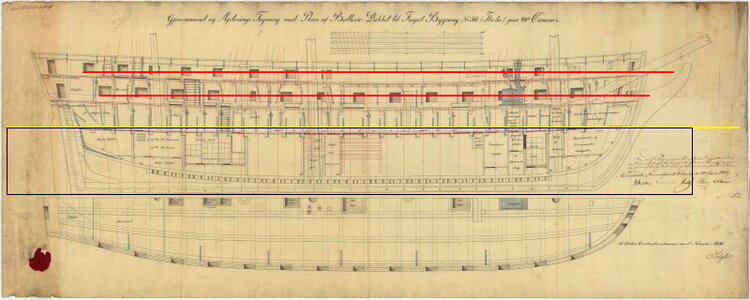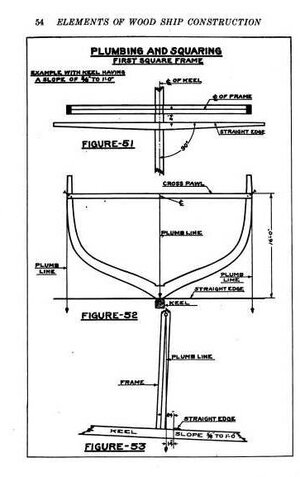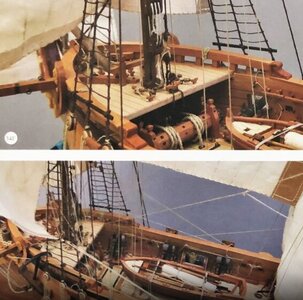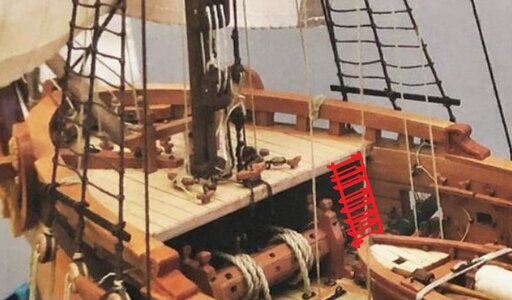Hi,Planset Review:
LA VOLAGE
A long bark / Barque longue
1693
Scale 1:24 or 1:36
by Jean-Claude Lemineur
View attachment 205330 View attachment 205331
Brand new release, just some days ago published and already in the french version on my desk - many thanks to Dider Berti from ancre for the fast and safe postage.
This very comprehensive and detailed monograph / planset is available directly via ancre web-page
https://ancre.fr/en/monograph/114-l...html#/langue-english_complete_monograph_1_36e
The monograph is available in french, italian, spanish or english language (english on end of January)
and also you can choose between 1:24 or 1:36
Some excerpts from the ancre web-page:
View attachment 205332 View attachment 205333 View attachment 205334
View attachment 205345
View attachment 205335 View attachment 205336 View attachment 205339
View attachment 205341
Size of the model
View attachment 205340
SYNOPSIS:
This new monograph is concerned with the study of a long bark, the Volage, built in Dunkirk in 1693, in the middle of the War of the Great Alliance by René Levasseur, the first master shipwright who succeded Hendrick who died in 1689.
The Volage was a warship of Louis XIV French Royal Navy. Armed with ten 4-pdrs, with a burthen of 50 tons and a 50-man crew, she was one the biggest of her class with a length of 63 ½ feet.
In the Navy records of 1696 to 1702, reported as being good, and even sharp under sail. Realy built for privateering, she possessed nautical properties that allowed her to overtake her preys, and therefore, to be highly apprciated by Dunkirk privateers.
It was aboard a similar bark that Jean Bart began his talented career as a privateer captain in 1674 during the conflict with the United Provinces of the Low Countries.
The Volage participated in the guerilla warfare initiated by Vauban and from 1693, by the Royal Navy itself against English trading fleets, within the framework of the War of the Great Alliance. Her activities probably continued during the War of Spanish Succession. Ordinarily, she insured the safety of the French coasts, protecting merchant vessels from piratical raiding. Her missions extended to the protection of fishing fleets on the Newfoundland Grand Banks. She was striken from the Navy list in 1706, hauled ashore and rebuilt at Dieppe, probably for a private ship owner.
The Volage, a regular ship of war has nothing in common with the Belle, built at Rochefort in 1684 by Pierre Masson, which was an ordinary bark rigged as a corvette.
The reconstruction of the Volage was carried out using two specifications to be found in a manuscript preserved at the Paris Navy Museum, one of them contains the dimensions and the other one the rigging. They were used to describe her architecture and the characteristics of her construction. To these documents, is added information obtained from a memoir by Hendricks about his method for drafting ships lines.
Military long barks are a subject that was long overlooked. The reader will find in this document, treated in exhaustive detail, all the details susceptible of informing him about the ship. It will provide ship modelers with the opportunity to build a particularly realistic model.
CONTENTS
The book is presented in a blue fabric-covered 24x31 cm box containing a 104-page brochure that includes the sources, history and plates in a reduced scale, along with commentaries and a 16-page color brochure containing details of rigged and timbered models, as well as the 31 plates at the 1/26th scale necessary to build the structure.
View attachment 205343
Contents of the booklet
Chapter 1 History and origins of the long bark
The Volage's own characteristics
Chapter 2 The careers of the Dunkirk master shipwrights
List of the barks built from 1671 to 1727
Chapter 3 The use of the sources and determination of the underwater hull lines
Volumetric characteristics of the underwater hull
Notes and decoration and paint of the shipwright
Chapter 4 Study of the rigging. Notes on the masts, sails and blocks
Chapter 5 Commentaries on the 31 reduced plates
Chapter VI Routing of the rigging lines
List of the plates / drawings
Plate N° 1 Schematic elevation and body plans
Plate N° 2 Schematic plan view
Plate N° 3 Construction of the stern
Plate N° 4 Construction of the hawse pieces
Plate N° 5 Midship frame and forward frames 1 to 4
Plate N° 6 - 11 Frames 6 – 11
Plate N° 12 Timbered elevation
Plate N° 13 Lengthwise section
Plate N° 14 - 16 Cross sections at some frames
Plate N° 17 Plans of accomodations
Plate N° 18 Plan of the bilge
Plate N° 19 Plan of the bare deck
Plate N° 20 Plan of the deck with furniture
Plate N° 21 Plan of the deck and castles
Plate N° 22 Plan of the finished deck and castles
Plate N° 23 Bare elevation
Plate N° 24 Dressed elevation
Plate N° 25 Front view of the stern
Plate N° 26 Construction of the head and the ship's boat
Plate N° 27 Furniture and artillery
Plate N° 28 Masts
Plate N° 29-30 Sails and boat's frames
Plate N° 31 The Volage under sail
To have a detailed LOOK INSIDE the booklet, the photo brochure and the drawings please take a look at the following posts
Why are these two lines not parallel to each other?
Rather, it's an unusual situation.
